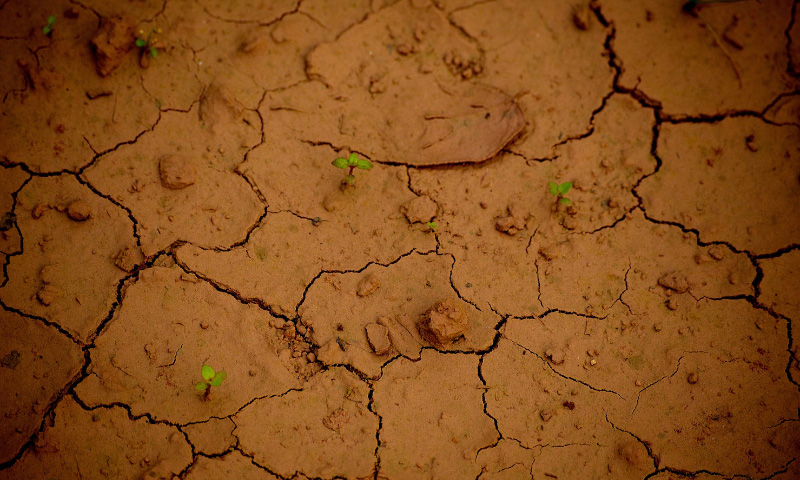Sodium – Challenges & Solutions
Many soils with high Sodium levels are also highly productive, particularly when properly managed. The use of soil conditioners such as Natra Min is one such method of vastly improving the friability and productivity of soil subjected to high Sodium levels.
Effects On Plants
Sodium is readily available to plants and is easily taken up by them. When soil Potassium supply is low, plants may absorb Sodium as a replacement. Sodium in moderate amounts improves plant vigour, helps resist diseases, adds flavour and improves the keeping quality of many crops. Some vegetables, such as beetroot, seem to do better in the presence of Sodium.
If exchangeable Sodium percentage of cations is greater than 5% there is every possibility that Sodium will increase soil pH and interfere with nutrient uptake… resulting in stunted plant growth.

While high Sodium levels may occur naturally, many farmers are having to irrigate with bore water that is not only very high in Sodium but also high in Chloride, Magnesium and sometimes Calcium.
Effects On Soil
The main interest in Sodium in plant nutrition is through the damage it can cause. The soil becomes difficult to manage and develops coarse seed beds resulting in poor seed germination and plant growth.
Most Sodium salts dissolve readily and are easily leached, however leaching may be difficult since saline soils often have high clay content and set hard and crusty as they dry out. This hard surface crust prevents the downward movement of water.
The good news is soil structure impacted by high Sodium levels can be improved. NatraMin Cal-S and NatraMin Cal-K are formulated to provide extra Calcium and Sulphur as well as acting as a microbial stimulant in your soil, helping to reduce the negative impact of high Sodium levels.
For further information, please contact AgSolutions® on 1800 81 57 57.
